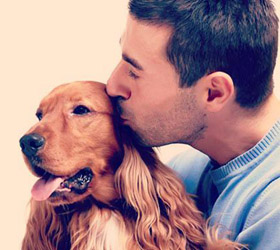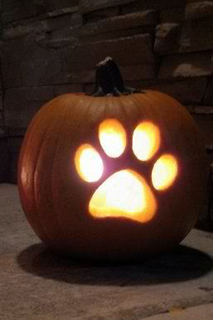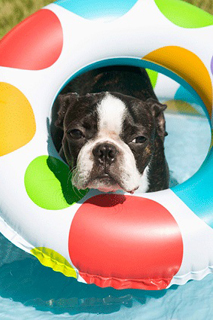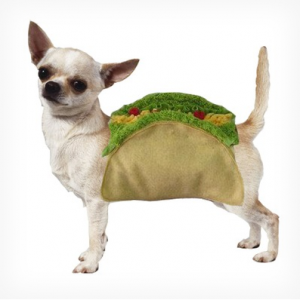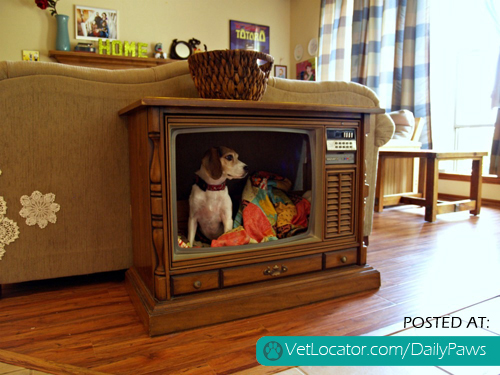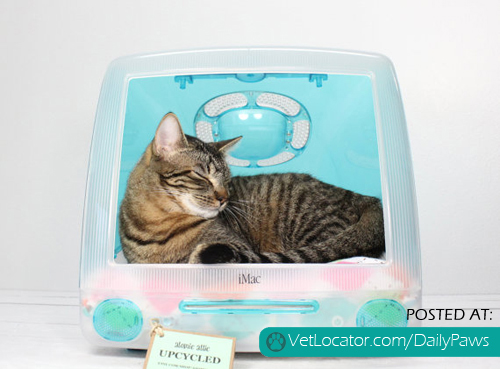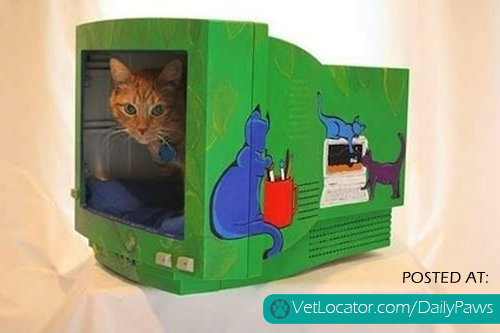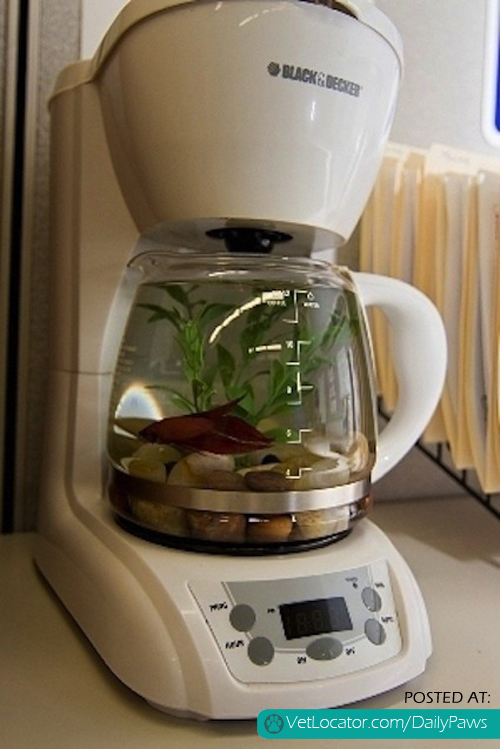Pro-Pet LLC Recalls a Limited Number of Dry Dog and Cat Foods Due to Possible Salmonella Contamination – No illnesses have been reported, this is a precautionary alert!
FOR IMMEDIATE RELEASE – February 5, 2014 – Pro-Pet LLC, St. Marys, Ohio, has initiated a voluntary recall of a limited number of Dry Dog and Cat Foods for possible Salmonella contamination. A single field test indicated products manufactured during a two day period, on a single production line may have the potential for Salmonella contamination. Pro-Pet LLC is voluntarily recalling the potentially impacted products made during this timeframe. There have been no reports of illness related to this product to date.
Salmonella can affect animals eating the products and there is risk to humans from handling contaminated pet products, especially if they have not thoroughly washed their hands after having contact with the products or any surfaces exposed to these products.
Healthy people infected with Salmonella should monitor themselves for some or all of the following symptoms: nausea, vomiting, diarrhea or bloody diarrhea, abdominal cramping and fever. Rarely, Salmonella can result in more serious ailments, including arterial infections, endocarditis, arthritis, muscle pain, eye irritation, and urinary tract symptoms. Consumers exhibiting these signs after having contact with this product should contact their healthcare providers.
Pets with Salmonella infections may be lethargic and have diarrhea or bloody diarrhea, fever, and vomiting. Some pets will have only decreased appetite, fever and abdominal pain. Infected but otherwise healthy pets can be carriers and infect other animals or humans. If your pet has consumed the recalled product and has these symptoms, please contact your veterinarian.
| Product | Best By | Lot Code | UPC Number |
|---|---|---|---|
| 40 lb Hubbard Life Happy Hound Dog Food | 05 06 14 | 096 13 SM L2 2A | 1219033878 |
| 40 lb Hubbard Life Happy Hound Dog Food | 05 06 14 | 096 13 SM L2 1A | 1219033878 |
| 18 lb Hubbard Life Cat Stars Cat Food | 05 06 14 | 096 13 SM L2 1A | 1219033873 |
| 40 lb Hubbard Life Maintenance Dog Food | 05 06 14 | 096 13 SM L2 2A | 1219033875 |
| 15 lb Joy Combo Cat Food | 05 06 14 | 096 13 SM L2 1A | 7065407721 |
| 40 lb Joy Combo Cat Food | 05 06 14 | 096 13 SM L2 1A | 7065407713 |
| 40 lb Joy Combo Cat Food | 05 06 14 | 096 13 SM L2 2A | 7065407713 |
| 20 lb QC Plus Adult Dog Food | 05 07 14 | 097 13 SM L2 2A | 2351780103 |
| 40 lb QC Plus Adult Dog Food | 05 07 14 | 097 13 SM L2 2A | 2351780104 |
| 40 lb QC Plus Adult Dog Food | 05 07 14 | 097 13 SM L2 1A | 2351780104 |
These products were distributed through select retailers, distributors and on-line consumer purchases in Arizona, California, Colorado, Connecticut, Florida, Georgia, Iowa, Illinois, Indiana, Kentucky, Massachusetts, Michigan, Minnesota, Montana, North Carolina, North Dakota, Nebraska, New Jersey, New Mexico, New York, Ohio, Pennsylvania, South Dakota, Tennessee, Texas, Virginia, Washington, Wisconsin and West Virginia
No other products/lot numbers are affected by this recall.
Customers should immediately discontinue use of any impacted product and contact Pro-Pet at 1-888-765-4190 for disposition.
For more information on the recall, customers can contact the customer service line for Pro-Pet at 1-888-765-4190. Customer service representatives will be available Monday through Friday 8 am to 5 pm CT.
For more information and recalled product photos, check FDA website.
